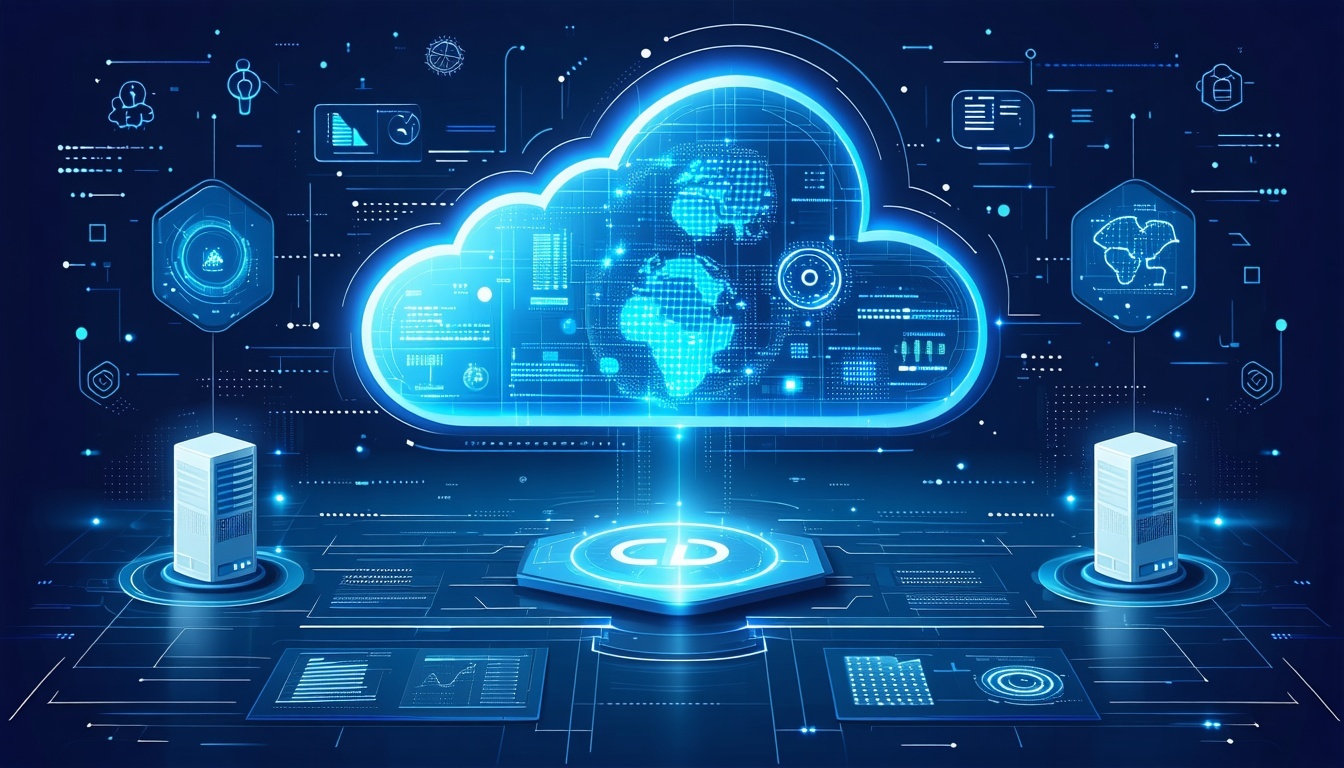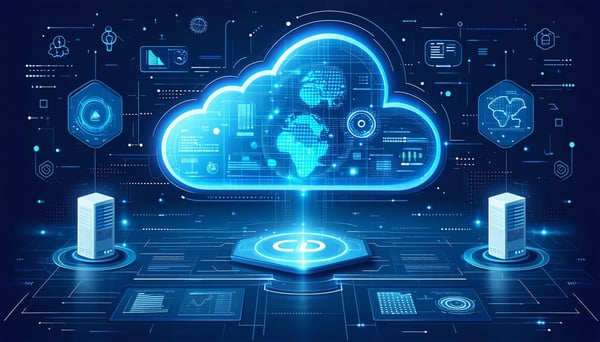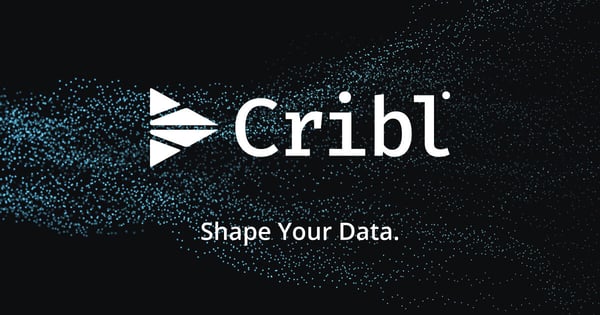Not yet using Cribl for observability? Read this article to see just how powerful Stream, Lake, and Search can be
Many teams adopt Cribl to solve immediate security data challenges like managing log overload, reducing SIEM ingest costs, and masking sensitive fields – all to great effect.
The only problem is that most teams stop there, without utilizing Cribl to its full potential. In this article, we explore how the Cribl ecosystem makes it possible to apply the same power to all your observability data – and how NETbuilder can manage a seamless, stress-free expansion.
What is Modern Observability?
Observability isn't only a backend concern anymore. It no longer just focuses on infrastructure uptime and system logs.
Today, observability touches much more. It can affect how quickly teams resolve outages, respond to customer issues, and deliver reliable user experiences.
Modern architectures like microservices and distributed cloud environments mean the ability to observe across the full stack is now essential, not just for operations, but for engineering, security, compliance, and leadership.
In short, observability is critical to keeping systems healthy, troubleshooting faster, and meeting performance expectations. And yet, most observability data is still underused, over-ingested, and overpriced.
Cribl Stream, Lake, and Search offer a smarter way to manage this data at scale. With the right approach, observability becomes a true strategic advantage.
Why Does Observability Matter?
Security telemetry is only part of the picture. True observability draws from application logs, infrastructure metrics, API traces, and cloud-native event streams.
When combined and shaped effectively, this data can be extremely powerful, enabling:
- Faster root cause analysis – Spotting issues before they impact users
- System-wide visibility – Breaking down silos across dev, ops, and security
- Smarter resource planning – Understanding where usage spikes and why
- Better customer experience – Identifying performance bottlenecks
- Faster onboarding of new services – Deepening insight for increased confidence
- Proactive issue detection – Actively searching for anomalies, not reacting to problems
- Audit and compliance readiness – Maintaining searchable, structured logs without bloating primary storage
- Reduced operational risk – Improving reliability and decreasing dependence on tribal knowledge
With so many potential benefits, the case for leveraging observability is clear, but there is a big blocker stopping many teams from reaping the rewards. That blocker is volume.
Observability data is noisy, varied, and expensive to store in traditional platforms. Without a way to control and route it intelligently, most teams either overspend, miss critical signals, or both.
That’s where tools like Cribl come in.
What is Cribl’s Observability Stack?
Cribl Stream: Filter & Shape
Cribl Stream is Cribl's engine for shaping observability data at ingestion. With Stream, you can:
- Aggregate DEBUG logs or low-priority events
- Sample repetitive data such as health checks
- Enrich logs with metadata like cloud-region or environment tags
- Route events to the right destination, such as a SIEM, APM, or data laker cheap and easily retrievable archiving
These capabilities help reduce volume and improve clarity before data hits expensive tools.
Cribl Lake: Store
Cribl Lake stores full-fidelity data in cheap object storage like S3 or Azure Blob, while keeping it searchable. This enables long-term retention and compliance without overloading your most expensive hot-tier indexes.
What’s more, it’s easy to set bespoke automated tiering policies to ensure that:
- High-priority logs stay hot for a short window
- Everything else moves to cold storage immediately
Cribl Search: Access
Cribl Search lets you query archived data directly, without rehydrating or indexing it again. This is powerful for audits, investigations, and retrospective analysis without disrupting live systems by using up valuable compute and storage resources.
Together, Stream, Lake, and Search create a scalable observability pipeline that balances speed, cost, and insight.
Why Expand Cribl?
If you already trust Cribl to manage sensitive, high-stakes security data, why not extend that same capability to observability to bring even more impact?
It could mean saying goodbye to:
- Onboarding backlogs – New services and apps producing telemetry faster than pipelines can keep up
- Storage cost pressure – The expense of keeping all observability data hot
- Lack of internal bandwidth – Teams knowing what they want, but lacking the time or confidence to execute
The longer you wait to act, the longer Cribl remains underused, and observability remains under-optimized.
How Can NETbuilder Help Expand Cribl?
NETbuilder helps organizations scale Cribl beyond security with:
- Certified engineering teams trained via the Cribl Academy
- A proven Build-Operate-Transfer (BOT) model to accelerate delivery and handoff
- Reusable pipeline templates and automation frameworks
- Embedded knowledge transfer so your team owns the outcome
Clients typically see ROI very quickly in the form of lower ingest volumes, faster onboarding, and more useful data across the board.
Book a free Cribl Observability Expansion Workshop and we’ll help you map untapped observability data, uncover pipeline opportunities, estimate potential cost savings, and identify performance gains.
For further reading, download our free whitepaper: From Logs to Leverage: Unlocking Observability With Cribl.
Cribl for Observability FAQs
Is Cribl only for security teams?
No. While often adopted for security, Cribl is equally powerful for observability use cases.
What is the difference between observability and monitoring?
Monitoring is reactive, so it reports issues after they occur. Observability is proactive, helping identify and understand issues before they affect the end user.
What types of observability data can Cribl handle?
Any telemetry, including logs, metrics, traces, events, syslog, JSON, CSV, Journals, Parquet, and more.
Does Cribl integrate with my existing tools?
Yes. Cribl integrates with popular tools like CrowdStrike, Splunk, Datadog, S3, Elastic, and many more.
Will expanding Cribl to observability affect my security pipelines?
No. Cribl allows you to build separate routes for observability and security data.
Do I need to create a large team to manage my Cribl observability expansion?
No. With NETbuilder's BOT model, we will source, train, and manage a team of experts that you can choose to transfer to your in-house team at no extra cost.
Can Cribl help reduce my APM or SIEM costs?
Yes. Cribl lets you route only the most valuable data to expensive tools, cutting down on ingestion volume and licensing costs.
How does Cribl handle data privacy and compliance?
You can redact or mask sensitive data fields at ingestion, helping meet compliance standards.
What’s the benefit of using Cribl Lake over traditional log storage?
Cribl Lake stores full-fidelity data in low-cost cloud storage, offering the ability to search it on demand – without reindexing or rehydration costs.





